Plastics-to-hydrogen – Petrochemicals 13-06-2022 - Arhive
Plastics-to-hydrogen – Petrochemicals
Nylon66-chips – PET-Bottle – Petrochemicals
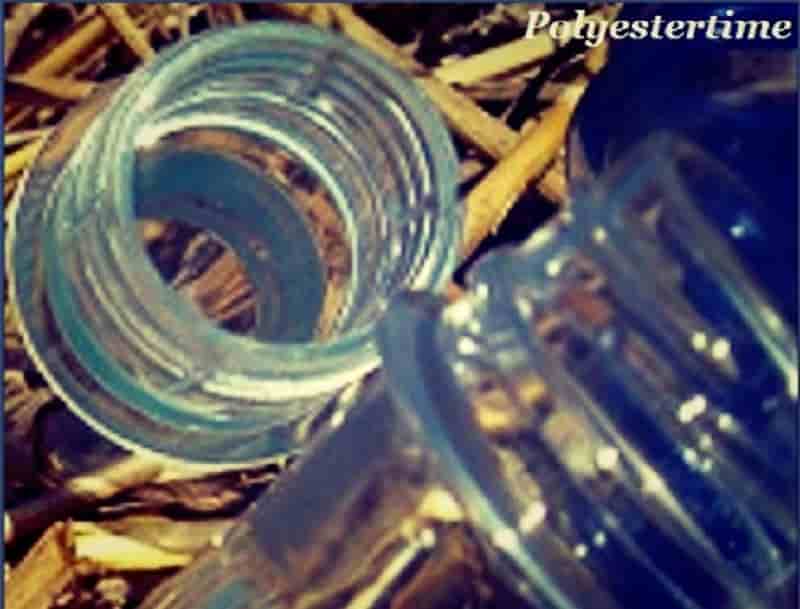
Crude Oil Prices Trend
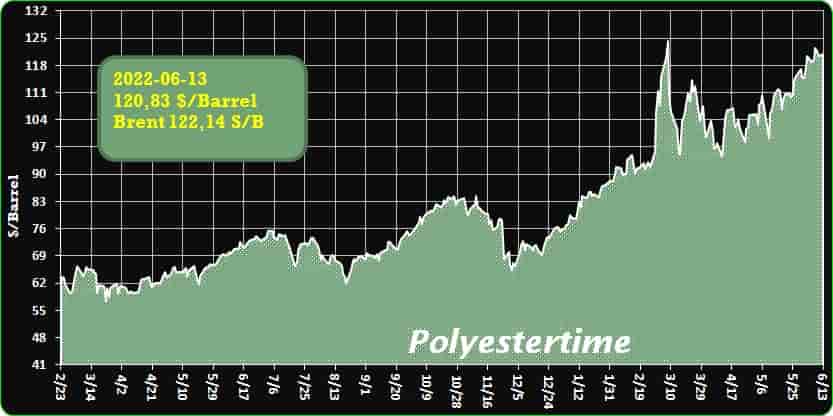
-Perstorp to replace fossil versions of base polyols with renewable, recyclable sources
Sustainable solutions provider and global leader within polyols Perstorp is taking a stand by converting a large majority of the polyols produced at their largest production plant in Perstorp, Sweden, to Pro-Environment products, said Indianchemicalnews. Plastics-to-hydrogen – Petrochemicals
By doing this, Perstorp will enable reduced greenhouse gas emissions for its polyol customers and downstream value chains.
The company is continuing its sustainability journey towards becoming finite material neutral and aligning with the Paris Agreement, by converting all base polyols produced at their Perstorp plant – Pentaerythritol (Penta), Neopentyl glycol (Neo) and Trimethylolpropane (TMP) – to Pro-Environment. From 2023, all fossil versions of the base polyols produced at the Perstorp plant will be replaced by Pro-Environment grades (Voxtar, Evyrone & Neeture) with partly renewable or recycled origin, based on a traceable mass-balance concept.
The Pro-Environment products are certified with ISCC PLUS, and are identical to the fossil-based versions, meaning that they are drop-in replacements. The products benefit customers and the value chain by reducing greenhouse gas emissions and by supporting the transition to renewable or recycled materials, in other words supporting the challenge of reaching climate neutrality.
“Phasing out the fossil base polyols produced at the site in Perstorp is a bold move, but we are convinced that this is the only way forward for us, as an industry, to align with the Paris Agreement and significantly reduce greenhouse gas emissions.” says Jan Secher, CEO of Perstorp Group. “As an upstream company in the chemical industry we can, and should, make a positive impact across multiple value-chains by offering products with a reduced carbon footprint.” Plastics-to-hydrogen – Petrochemicals
Perstorp introduced the first Pro-Environment polyol already 2010, and in 2017, Perstorp announced the long-term ambition to become Finite Material Neutral. Since late 2021, the company has set Science-based emission reduction targets aligned with the Paris agreement. The transition to Pro-Environment polyols will significantly reduce Perstorp’s usage of finite materials, and will also provide the market with products with a lower carbon footprint, hence contributing towards Perstorp, and its customers, reaching their Scope 3 reduction targets.
As per MRC, Petronas and key energy players at the ASEAN Energy Sector Methane Roundtable 2022 are intensifying collaboration on methane emissions management in the region by leveraging collective capabilities, global best practices and actionable insights to progress the shared ambition towards a lower-carbon future. The virtual Roundtable, the second in the series held on 19 May 2022, was hosted by PETRONAS and supported by Thailand’s PTT Public Company Limited (PTT) and Indonesia’s PERTAMINA. Plastics-to-hydrogen – Petrochemicals
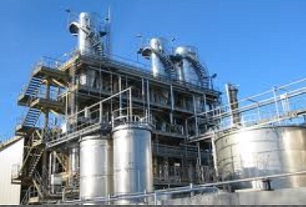
UPM Raflatac is the first company in the world to invest in Ocean Bound Plastics (OBP) waste as label raw material in their new Ocean Action labels. The Ocean Action labels are made from ocean bound plastic using mass balance approach. Ocean bound plastic is abandoned plastic waste recovered from areas up to 50km inland from waterways, defined as “at risk of ending up in the ocean” by OBPCert. The new innovative label material is made possible by close collaboration with multiple partners in the product’s value chain. Plastics-to-hydrogen – Petrochemicals
The world desperately needs more sustainable and commercially viable ways to recycle post-consumer plastic. The United Nations has recognized the need to recycle more post-consumer plastic and launched a new plastic pollution treaty in 2021. OBPCert has estimated that ocean bound plastic generates 80% of plastic marine litter. Today, only around 10% of plastic waste globally gets recycled, while the rest ends up at landfills, in incineration, and leakage to nature or oceans. One solution to this problem lies in creating markets for products made from ocean bound plastic.
”The new innovative Ocean Action label material is the latest step in our beyond fossils journey. It does not only help prevent the plastic waste from ending up in the oceans but also offers brand owners the possibility to meet their recycled content targets for packaging. The Ocean Action label material is an easy-to-use drop-in solution created especially for food and cosmetics end-uses as it has exactly the same performance as the current fossil-based labels,” says Eliisa Laurikainen, Business Development Manager from UPM Raflatac. Plastics-to-hydrogen – Petrochemicals
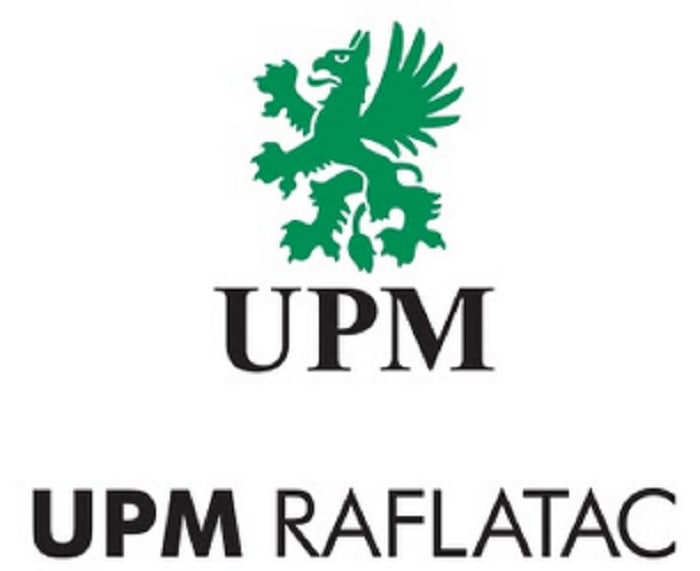
-Green light for Peel NRE plastics-to-hydrogen plant
Peel NRE has gained planning permission for a £20m plastics-to-hydrogen facility at Rothesay Dock on the river Clyde.
West Dunbartonshire Council has given the go-ahead for the site on the north bank of the river (pictured), where construction is expected to take 15 months.
The 13,500-tonne facility will use Powerhouse Energy’s technology to create hydrogen from plastic residual waste for use as a clean vehicle fuel and in a hydrogen refuelling station Plastics-to-hydrogen – Petrochemicals
Richard Barker, development director at Peel NRE, said: “While the focus must remain on removing plastic from society, there are still end-of-life plastics that need managing.
“The £20m plant will play a pivotal role in making the best use of non-recyclable material, with the resulting hydrogen able to help cut carbon emissions from vehicles.”
This is Peel NRE’s second such planned facility, the first being the Protos site near Ellesmere Port, Cheshire.
Zero Waste Scotland had estimated that around 500,000 tonnes of waste plastic was produced in Scotland every year, and Peel said its research suggested around 300,000 tonnes of this arose in the central belt of Scotland near to the new plant.
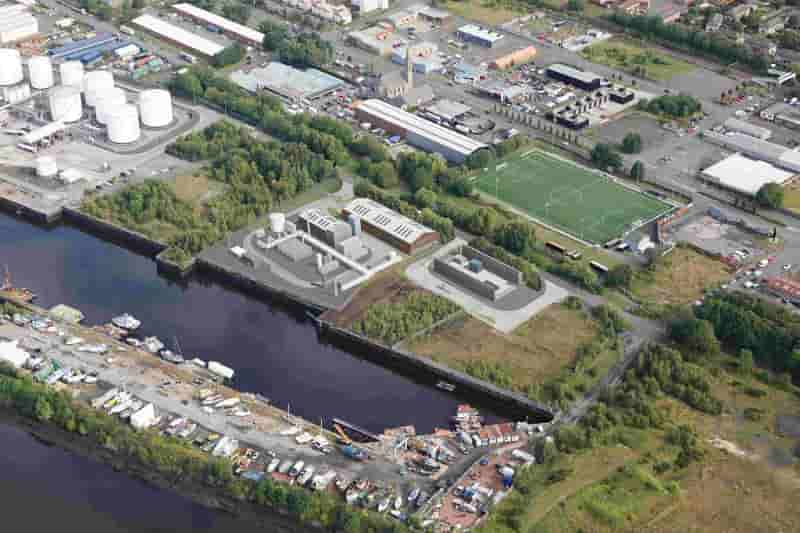
-WOW conference to address key nonwoven industry issues
Industry participants at this month’s World of Wipes International Conference will gain valuable insights from 23 recognized experts addressing key issues exclusively focused on the wipes industry. Plastics-to-hydrogen – Petrochemicals
The industry leaders will tackle topics on wipes sustainability, supply chain, consumer trends, packaging, disinfection technologies, and flushability at the WOW conference, June 27-30, at the Marriott Marquis.
INDA is expecting more than 475 participants at WOW, making attendance at the event highly valuable for both its relevant content on key issues and great potential for making business connections.
Headlining the action, the WOW conference will feature 23 industry speakers from such leading organizations as Euromonitor International, University of San Diego Hahn School of Nursing, the Responsible Flushing Alliance, Water Services Association of Australia and Ecolab.
Expert presenters include Procter & Gamble’s Sergio Barbarino on recycling wipes; Amcor’s David Clark on packaging sustainability; Rockline Industries’ Carlos Giraldo and Berry Global’s Jake Smith on supply chain and Kline & Company’s Laura Mahecha on consumer cleaning wipes trends. Plastics-to-hydrogen – Petrochemicals

-Oil falls as U.S. inflation data surges, China imposes lockdowns
- S. annual inflation posts largest gain in nearly 41 years
- China COVID jitters rise as parts of Shanghai resume lockdown
- Potential Norway oil and gas strike could hit output
- S. drillers add oil and gas rigs for first time in three weeks
U.S. consumer prices accelerated in May as gasoline prices hit a record high and the cost of food soared, leading to the largest annual increase in nearly 40-1/2 years, suggesting that the Federal Reserve could continue with its 50 basis points interest rate hikes through September to combat inflation.
The faster-than-expected increase in inflation last month reported by the Labor Department on Friday also reflected a surge in rents, which increased by the most since 1990. The broadening and relentless price pressures are forcing Americans to change their spending habits, and heightened fears of either an outright recession or period of very slow growth. Plastics-to-hydrogen – Petrochemicals
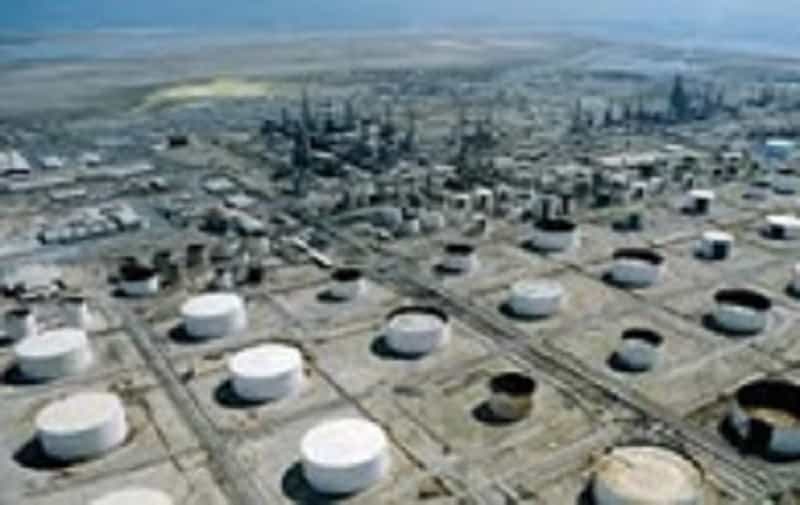
-Polyester yarn profit drops to year’s low
Recently, buoyed by strong crude oil and surge of PX, lead PSF contracts of PSF futures PF2209 reached the highest since PSF futures were listed, and accordingly, spot PSF price spiked to over 9,000yuan/mt, the highest since Feb 2019. However, polyester yarn price did not climb up so much and was still lower than the high in Mar. In this round of rise, the cash flow of polyester yarn dropped to lower than minus 300yuan/mt, the year’s low. Plastics-to-hydrogen – Petrochemicals
The big-ticket crude oil since Russia-Ukraine war has bludgeoned polyester industrial chain greatly, and additionally the tightness of US blended oil supply has escalated the influences on it since May. Especially downstream links, including spinning and the links behind, are mainly small enterprises whose scale, capital and risk resistance are far behind upstream large plants. Therefore, after over three months’ weakness, yarn spinners are weighed increasingly, which could be reflected from this round of price rise. ,
Firstly, pressure of high inventory. Cotton products were cold-shouldered this year, so a lot of polyester/cotton yarn production was transferred to pure polyester yarn, pushing up the operating rate of polyester yarn. But amid low run rate of downstream weaving sector, polyester yarn supply is successive and now the product inventory has reached years’ high. During Dragon Boat Festival (Jun 3-5), polyester yarn was slightly destocked before the price was adjusted up under the stimulation of raw materials’ surge, but the trades returned to slack when polyester yarn price moved up. Plastics-to-hydrogen – Petrochemicals
Thus, the inventory of polyester yarn will further accumulate in the future.
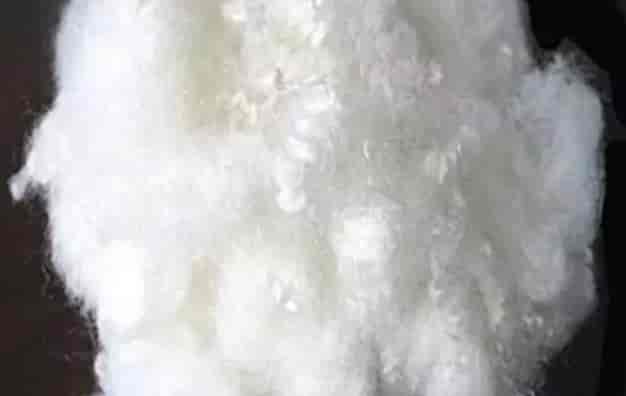
-ISKO™ Purchased New State-Of-The-Art Itema Weaving Machines
ISKO, a reference point for the industry in the production of premium sustainable denim, found in Itema the best fit for its strategy in weaving technology. By choosing Itema’s latest rapier machine, a groundbreaking innovation enhanced by the iSAVER® technology, ISKO is well underway in terms of an even more sustainable denim future. The rapier machine ensures the highest efficiency by reducing waste production and energy use, while optimizing the fabrics’ hand-feel, aesthetic, and performance. Plastics-to-hydrogen – Petrochemicals
This decision is an additional, important asset in ISKO’s journey towards a genuine Responsible InnovationTM. It is part of other crucial investments made by the company, aimed at further reducing its environmental impact, among which stand out R-TWO™50+ – a new denim generation made with a minimum of 50% pre- and post-consumer recycled blend – and the Green Machine – a pioneering technology providing a 100% post-consumer recycling solution that fully separates and recycles cotton and polyester blends at scale.
After an intensive process, a selection was made where ISKO focuses on the development of technical solutions that enable greater resource savings and more sustainable production methods, always with the protection of workers at heart.
As a result, ISKO’s Headquarters extend the company’s long-term relationship with Itema, strengthening the company’s position as the mill with the world’s largest denim capacity. The new rapier machines are enhanced by the iSAVER® technology, a breakthrough mechatronic innovation that eliminates the waste selvedge on the left side of the fabric, allowing for saving in energy and raw materials, cutting in half the cotton waste that typically results from the weft yarn.
All types of ISKO’s innovative fabrics, with a multitude of different constructions and fiber mixtures, can now be produced using these advanced weaving technologies, with a special focus given to the R-TWO™ technology in terms of its sustainable credentials. Plastics-to-hydrogen – Petrochemicals
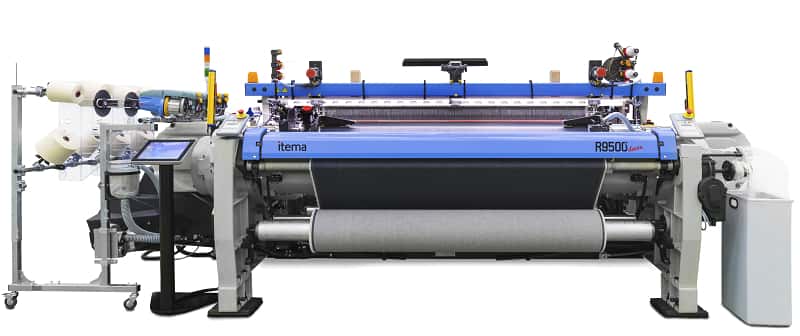
Plastics-to-hydrogen – Petrochemicals
